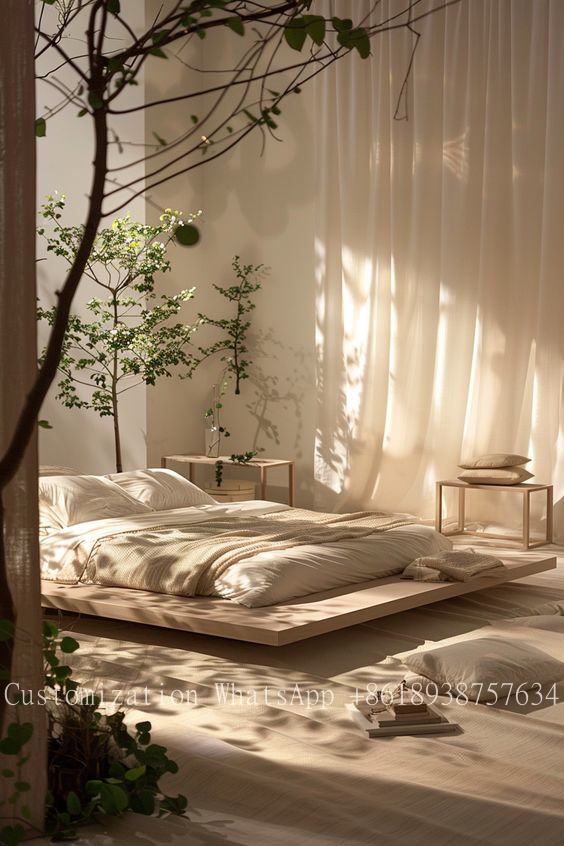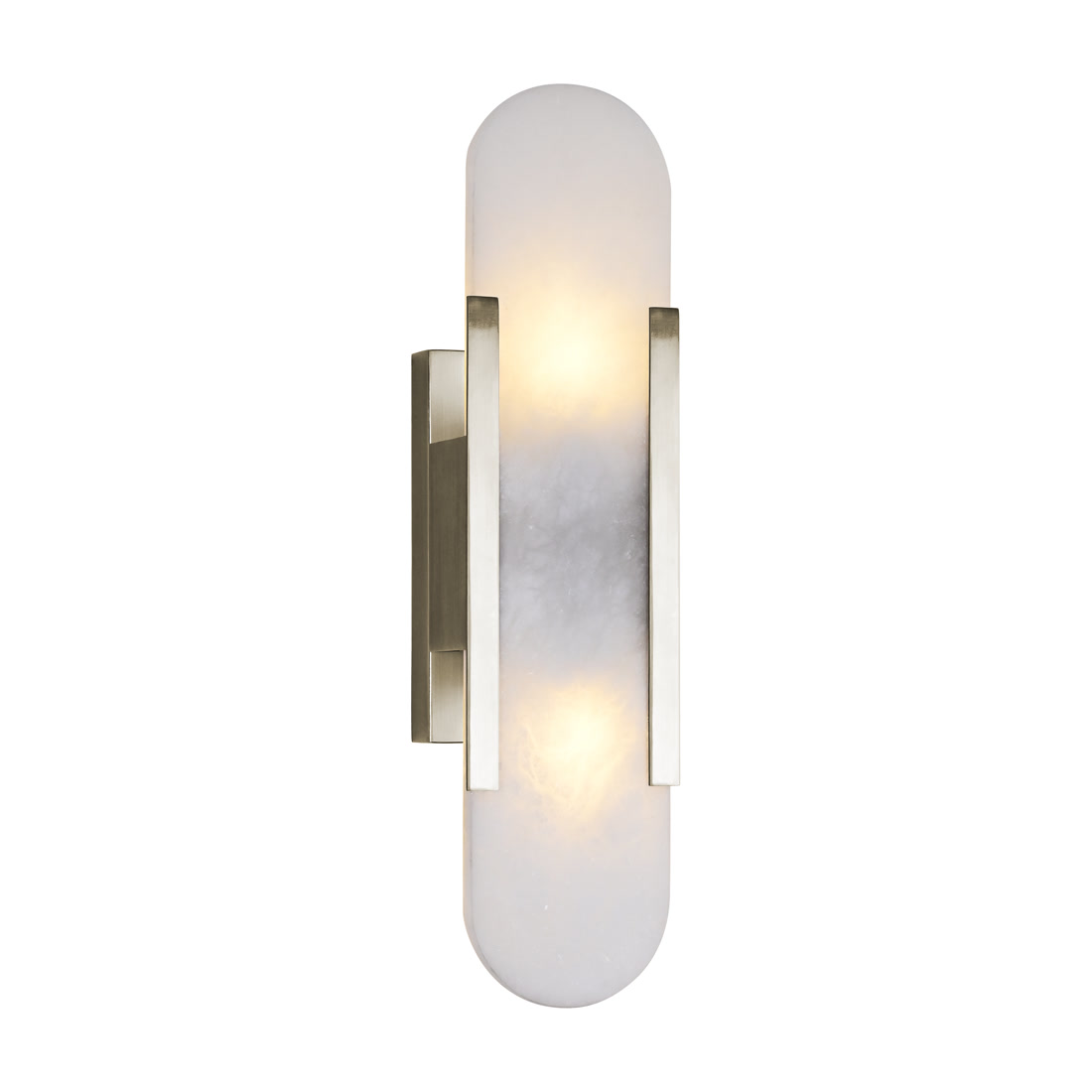Understanding Proportionality in Lamp Design: An Essential Guide
Understanding Proportionality in Lamp Design: An Essential Guide
What is Proportionality in Lamp Design?
Proportionality in lamp design involves the harmonious balance between the elements of a lamp, including its size, shape, and materials, to create a visually appealing and functional lighting fixture. Well-proportioned lamps enhance aesthetic appeal and improve lighting efficiency, making them essential for both home and office environments.
The Importance of Proportionality in Interior Design
When incorporating lamps into interior spaces, proportionality plays a crucial role. A well-designed lamp not only illuminates but also complements the surrounding decor. Poorly scaled lamps can disrupt the visual flow of a room and diminish the overall ambiance.
Key Factors of Proportionality in Lamp Design
| Factor | Description |
| Size | The dimensions of the lamp should correspond to the space where it’s placed. For example, a large lamp may overpower a small room. |
| Shape | Lamps come in various shapes, including cylindrical, rectangular, and abstract forms. The shape should align with the intended design theme. |
| Material | From ceramic to metal, the choice of material impacts both Aesthetics and functionality. Materials should be chosen based on durability and style. |
| Light Output | The amount of light produced should match the size of the lamp and the intended use of the space, which is often measured in lumens. |
Examples of Proportionality in Lamp Design
Let’s explore a few examples of lamps that exemplify proportionality:
- Mid-Century Modern lamps: These often use clean lines and a balanced shape, creating a harmonious look that fits well in various settings.
- Industrial lamps: These typically feature a strong form and materials that add character. Proportionality ensures they don’t overwhelm the space.

Tips for Achieving Proportionality in Lamp Design
To create lamps with proportionality, consider the following tips:
- Assess the Space: Measure the area where the lamp will be placed. A lamp should not only fit the physical space but also the scale of furniture and other decor items.
- Choose Harmonious Colors and Styles: Select colors that either match or complement the other elements. The style of the lamp should reflect the design theme, whether it’s contemporary, rustic, or vintage.
- Test Lighting: Before finalizing your choice, test the lamp's output. Ensure that it provides adequate lighting without being too harsh or dim.
Common Mistakes in Lamp Design
Designing a lamp or choosing the right one isn’t always straightforward. Here are some common mistakes to avoid:
- Poor Scale: A Table lamp that is too tall may make a room feel cramped, while one that is too short may go unnoticed.
- Ignoring Functionality: A beautifully designed lamp that doesn't provide sufficient light for the intended purpose can be frustrating.
- Clashing Styles: Mixing different styles allows for creativity but can lead to chaos if not done with consideration of proportionality.
Exploring Different Lamp Styles Based on Proportionality
Understanding proportionality leads you to explore a variety of lamp styles, each offering unique visual impacts while serving both aesthetic and functional purposes. Here are a few styles worth noting:
Table lamps
Table lamps are often the primary source of light in a room. They come in various shapes and sizes, making it essential to consider their proportion to the table and surrounding furniture:
- Height: Typically, the bottom of the lampshade should be at eye level when seated to prevent glare.
- Base Size: A broad base can add stability, but it must not overwhelm the table.
Floor lamps
Floor lamps can serve as statement pieces in a room. When selecting a Floor lamp, think about:
- Vertical Lines: A tall, slender Floor lamp can elongate the space, while a wider base can help balance out the room’s proportions.
- Flexibility: Adjustable Floor lamps can accommodate different seating arrangements and lighting needs.
Ceiling Lamps
There is a multitude of ceiling lamp designs, ranging from chandeliers to flush mounts that can greatly affect a room’s entire look:
- Height from Floor: Ensure there's enough clearance beneath ceiling lamps, especially in spaces with higher foot traffic.
- Overall Diameter: A cluster of smaller pendant lights can create a focal point if spaced and proportioned correctly.
Wall-Mounted Lamps
Wall-mounted lamps can maximize space while providing targeted light. Key considerations include:
- Mounting Height: This should align with the user’s eye level to maximize functionality.
- Proportions to Wall Space: A large wall lamp might overpower a small room, while too small a lamp can look insignificant.
Conclusion: Embracing Proportionality in Your Lighting Design
Proportionality in lamp design is essential for achieving a harmonious and functional space. By understanding the balance between size, shape, and material, you can select or create lamps that enhance the beauty and usability of your rooms. Remember to avoid common mistakes by considering the scale and light output based on your space’s specific needs. Experimenting with different styles and remaining aware of proportions will lead to captivating interiors filled with well-placed, beautifully designed lamps. When in doubt, measure, visualize and test out your lighting choices to find the best possible harmony in your design.
